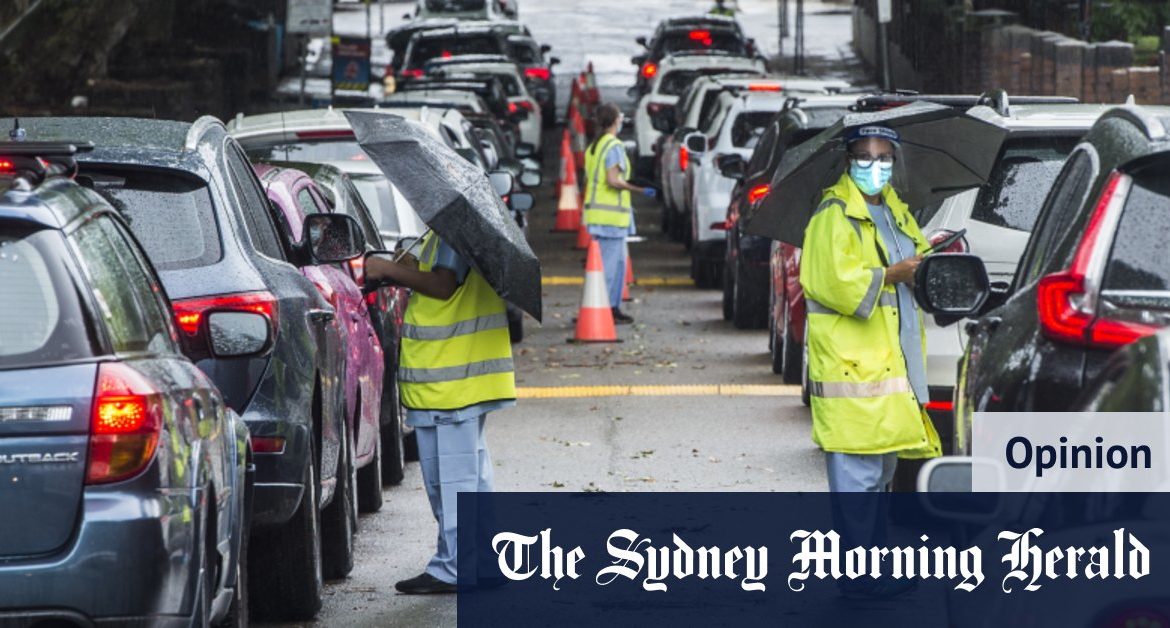Restrictions have been modified as much as possible for the three-day period over December 24, 25, 26 so that Sydney residents can celebrate Christmas without greatly increasing the risk of virus transmission. These modifications include separating the northern beaches into northern and southern zones, based on data showing that transmission events and cases have in the most part occurred in the northern part of the northern beaches.
Those in the northern end will only be allowed a maximum of five visitors in their home, and these five are limited to those living in the same area, effectively preventing contact between those in the higher risk northern zone from the rest of Sydney. In contrast, those in the southern zone of the northern beaches are able to have 10 visitors, including visitors from outside the northern beaches area. However, both those from the southern and northern parts of the northern beaches are still unable to travel outside their area.
Loading
The modifications to the restrictions across greater Sydney also include an uncapped number of children under 12 that can visit, with the exception of those in the northern part of the northern beaches. This change is based on evidence that children are much less likely to get and transmit the virus.
However, despite these small modifications to restrictions, Sydneysiders are still advised to consider their individual circumstances and risk. Those at greater risk of severe illness from COVID-19, such as older people and those with comorbidities, are advised to weigh up the importance to mental health of getting together with family against the risk of being exposed to the virus.
There have been calls from some epidemiologists for greater restrictions to control the Avalon cluster including extending the lockdown across the whole of greater Sydney. Much of this relates to the timing of the cluster, with a greater potential for super-spreading events at Christmas and New Year. These decisions are complex and involve not only consideration of the potential threat of community transmission but the level of harm to the community that would come from imposing such a wide lockdown at this time of year.
Loading
The NSW approach to managing clusters, which has been used to bring previous clusters like the Thai Rock cluster under control, relies on a strong contact tracing system as well as engagement with the community to ensure high testing rates. It is an approach that has been successful so far but is not without risk. Continued high rates of testing over the Christmas and New Year period are essential, so that any leakage of transmission outside of the northern beaches area can be acted on swiftly and, if necessary, wider restrictions imposed.
Christmas 2020 will be a difficult end to a difficult year for many of us. Not just in Sydney but all across Australia, many family members will be separated at this time due to the restrictions within Sydney as well as state border closures. Despite the disappointment that these disruptions bring, our thoughts at this time should also go to our fellow Australians that are spending Christmas 2020 in hotel quarantine and those still stranded overseas in countries like Britain and India, where in addition to being separated from family they face the added challenge of living with a greatly heightened risk of infection with COVID-19.
And for those whose Christmas plans have been thrown into complete disarray this year, perhaps one small way of dealing with the disappointment could be to ditch the Gregorian calendar for 2020 and revert to the older Julian calendar still followed by the Orthodox Christian church and celebrate Christmas on January 7!







